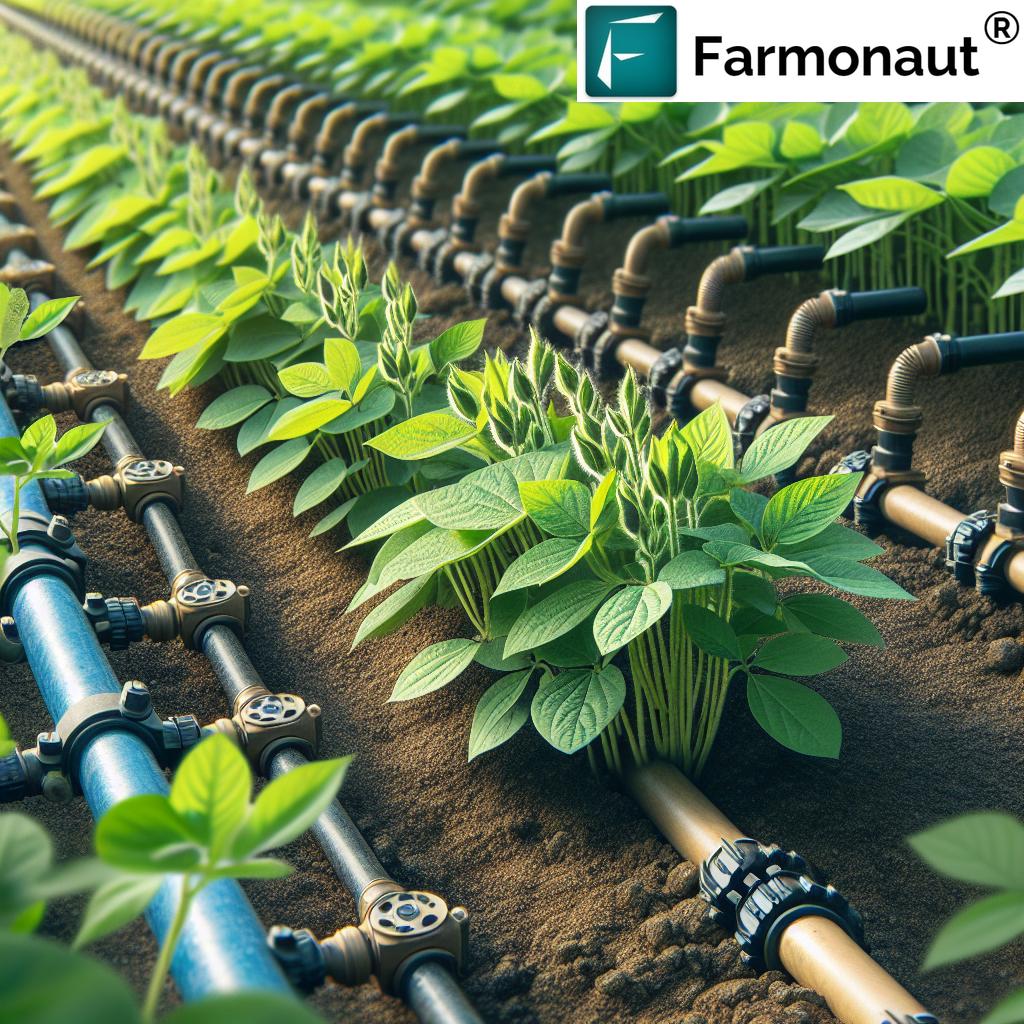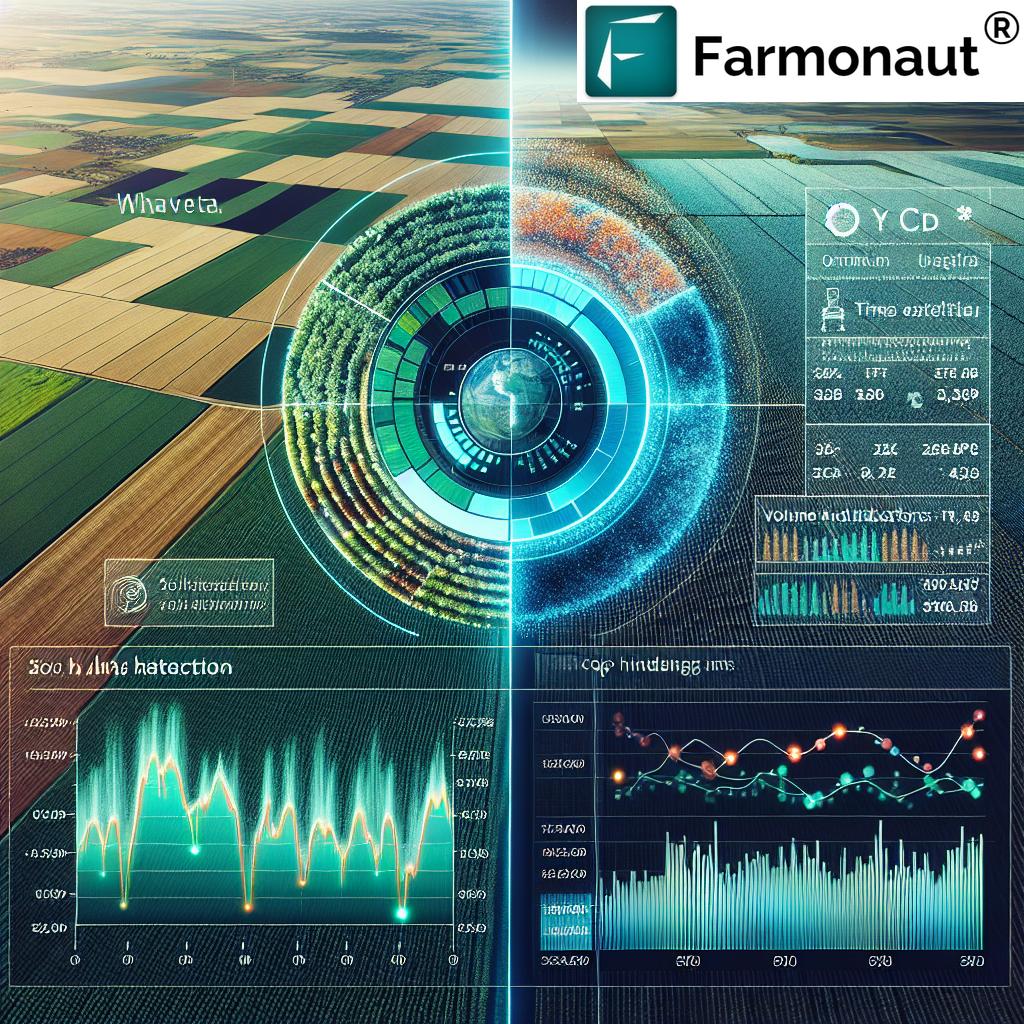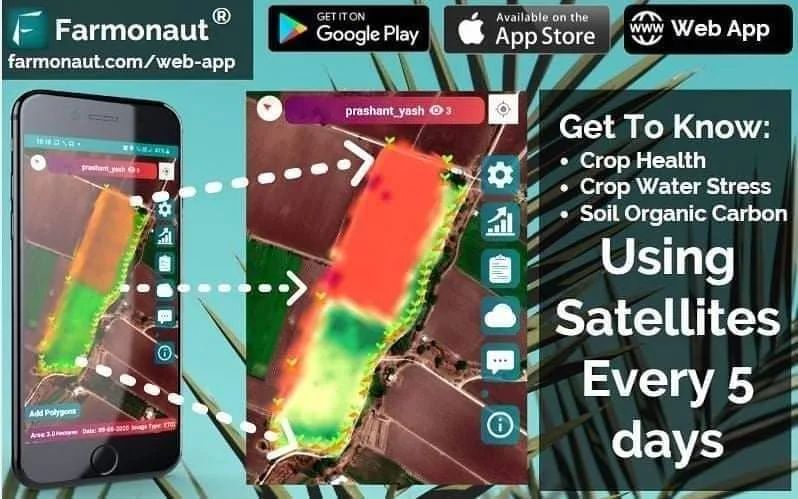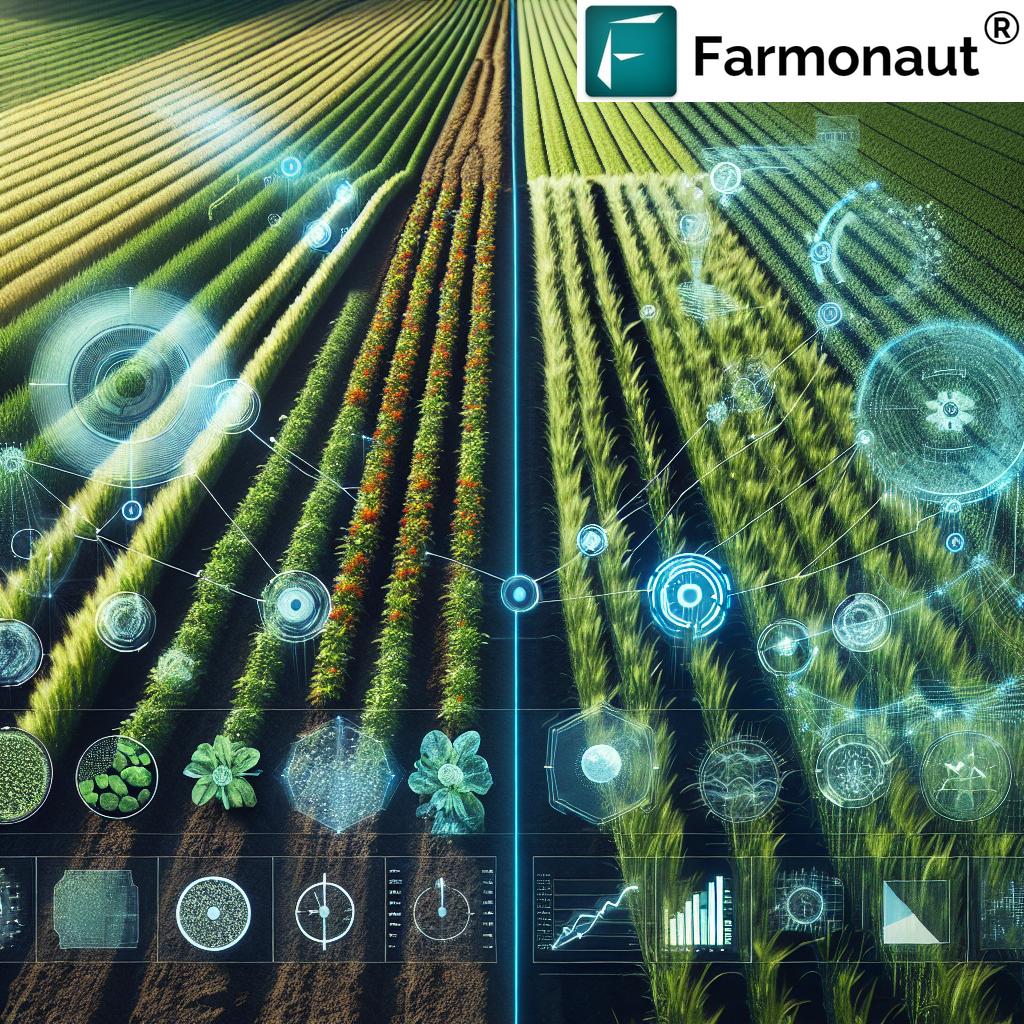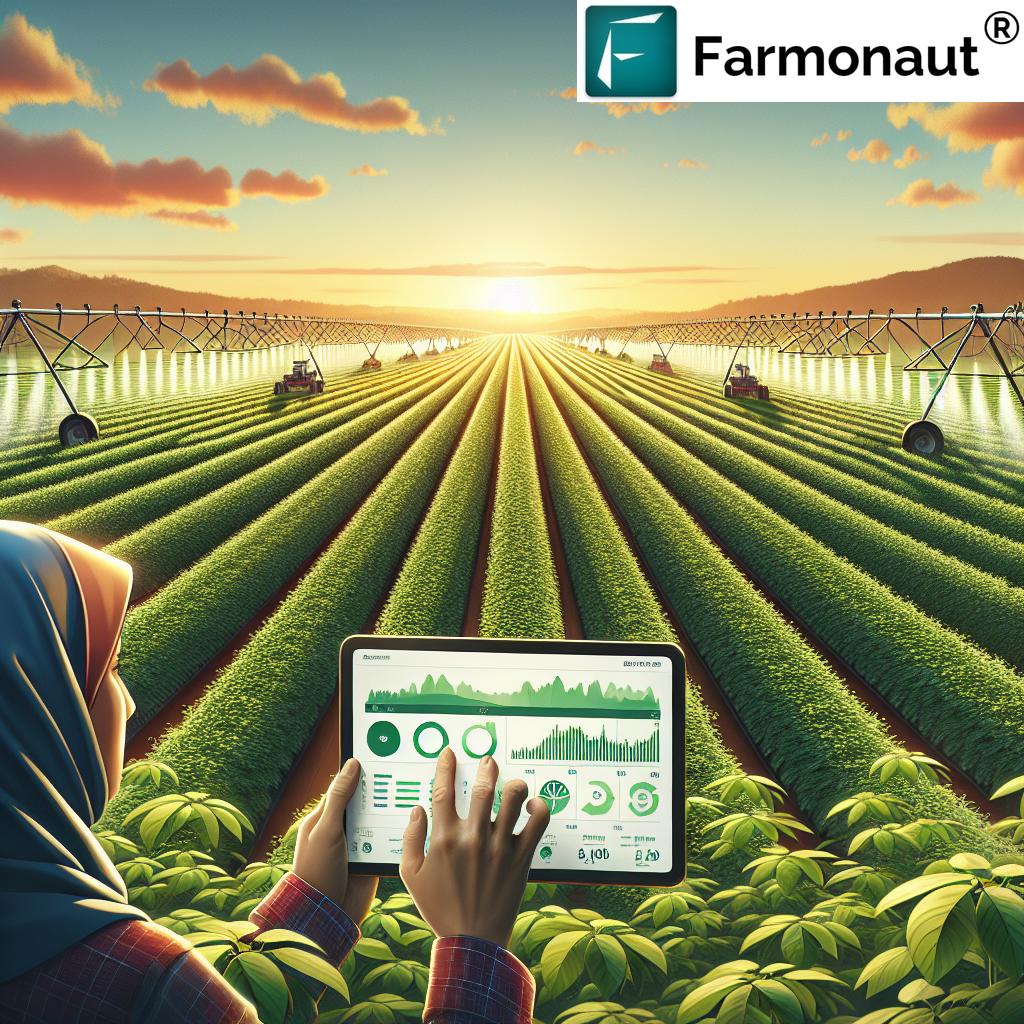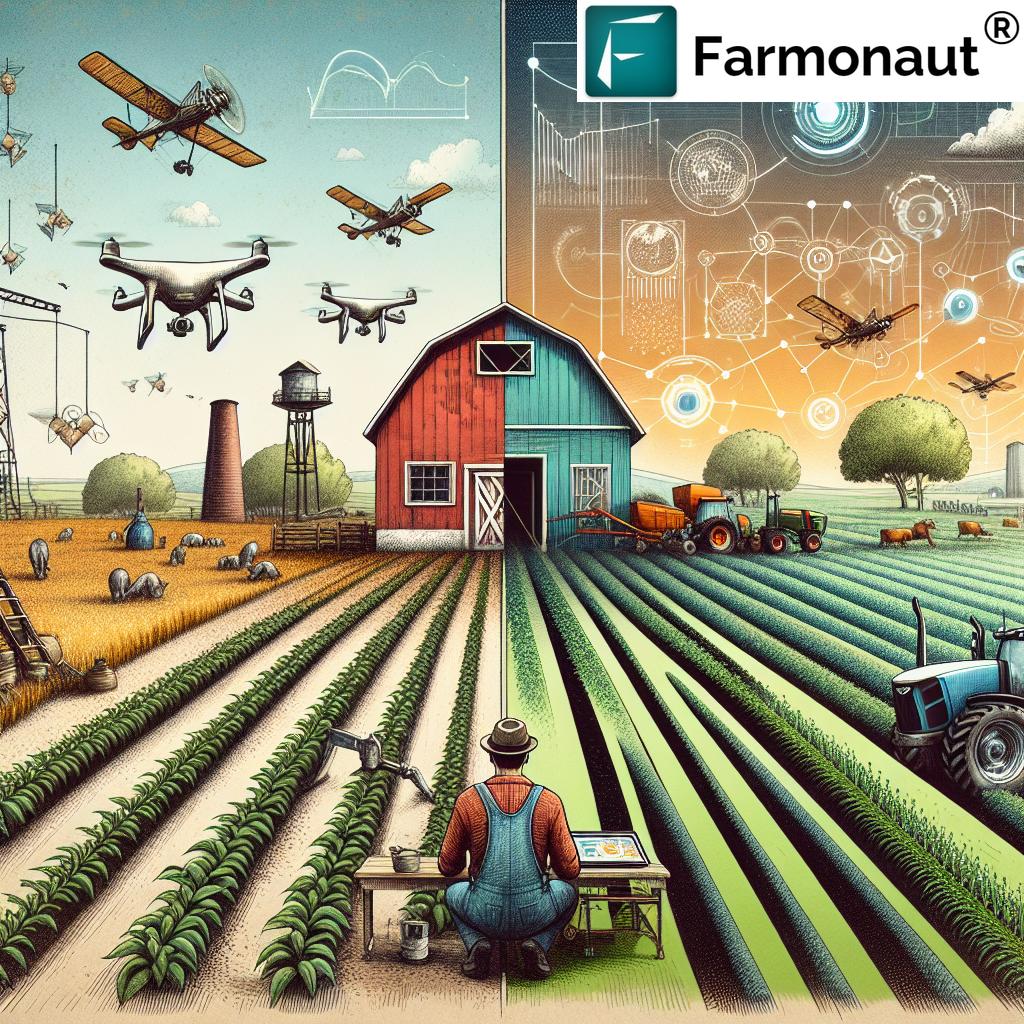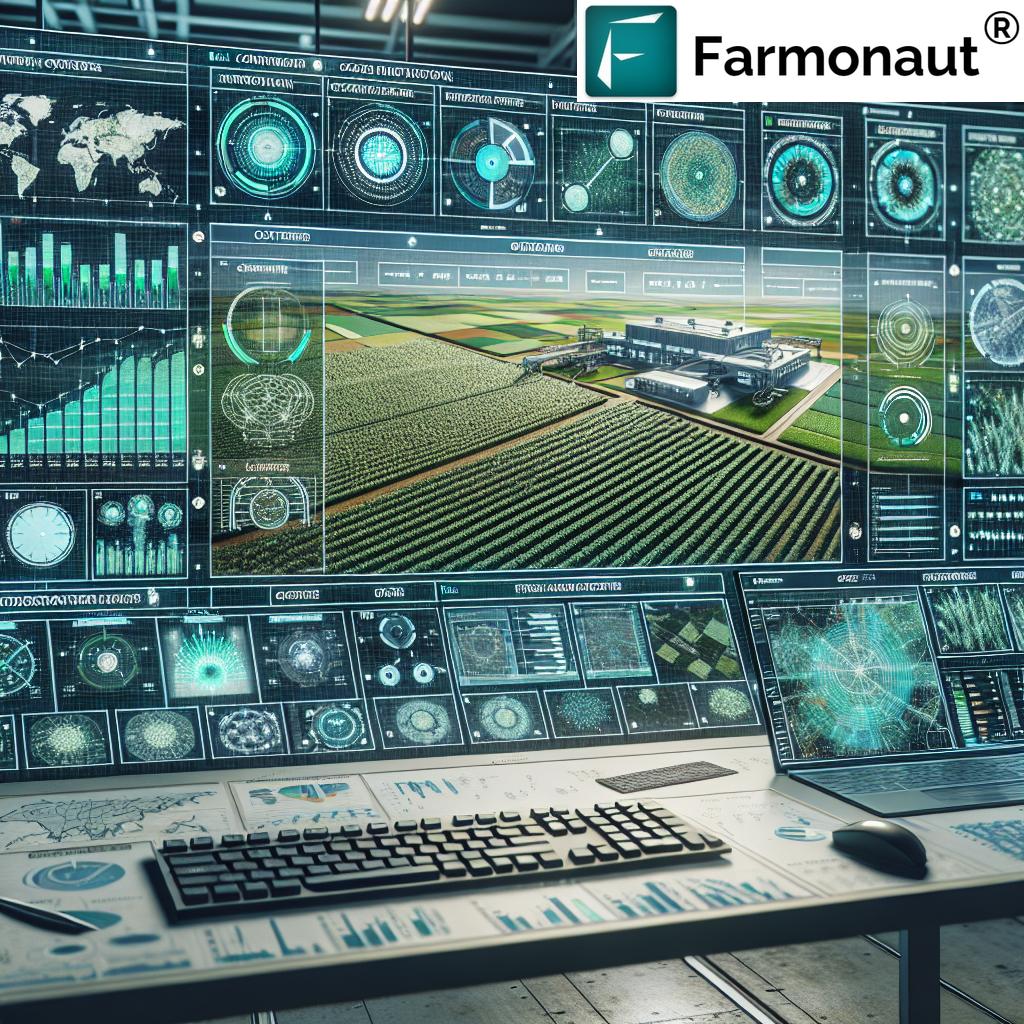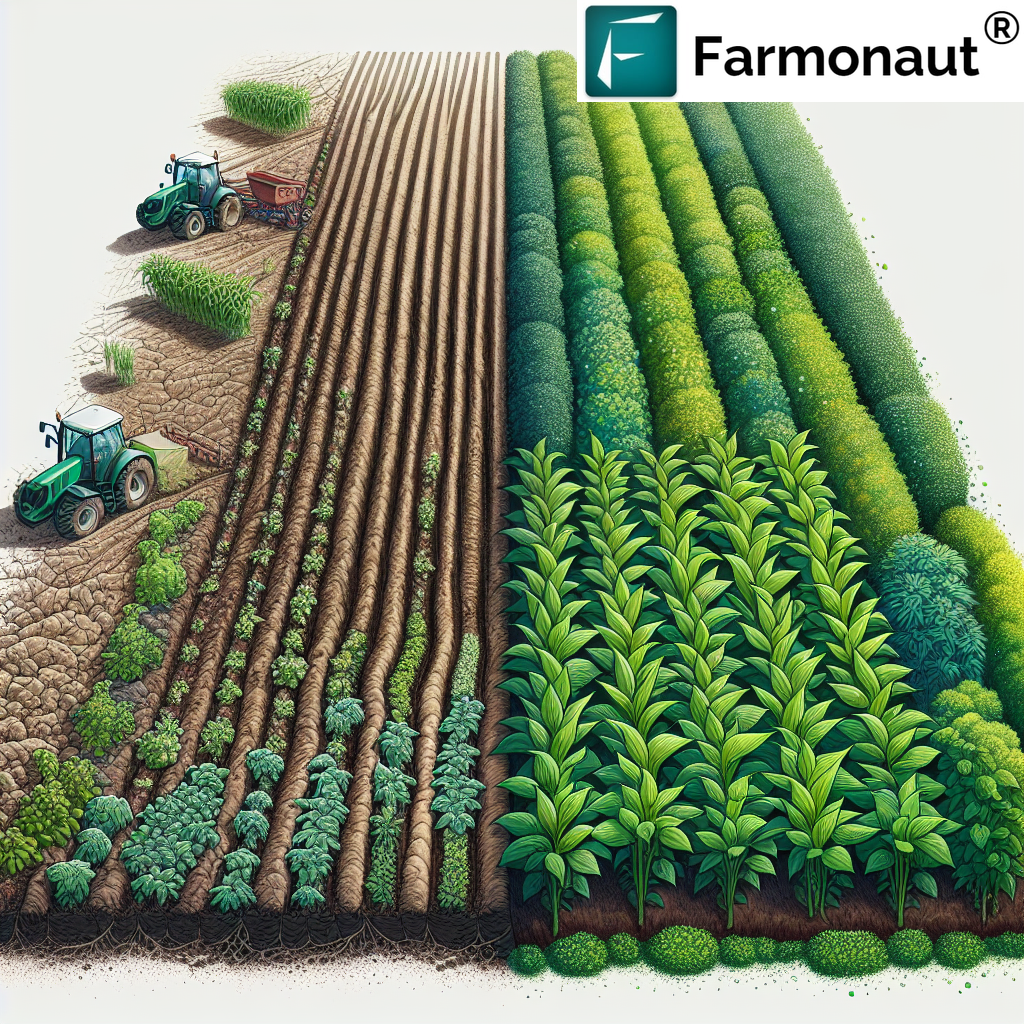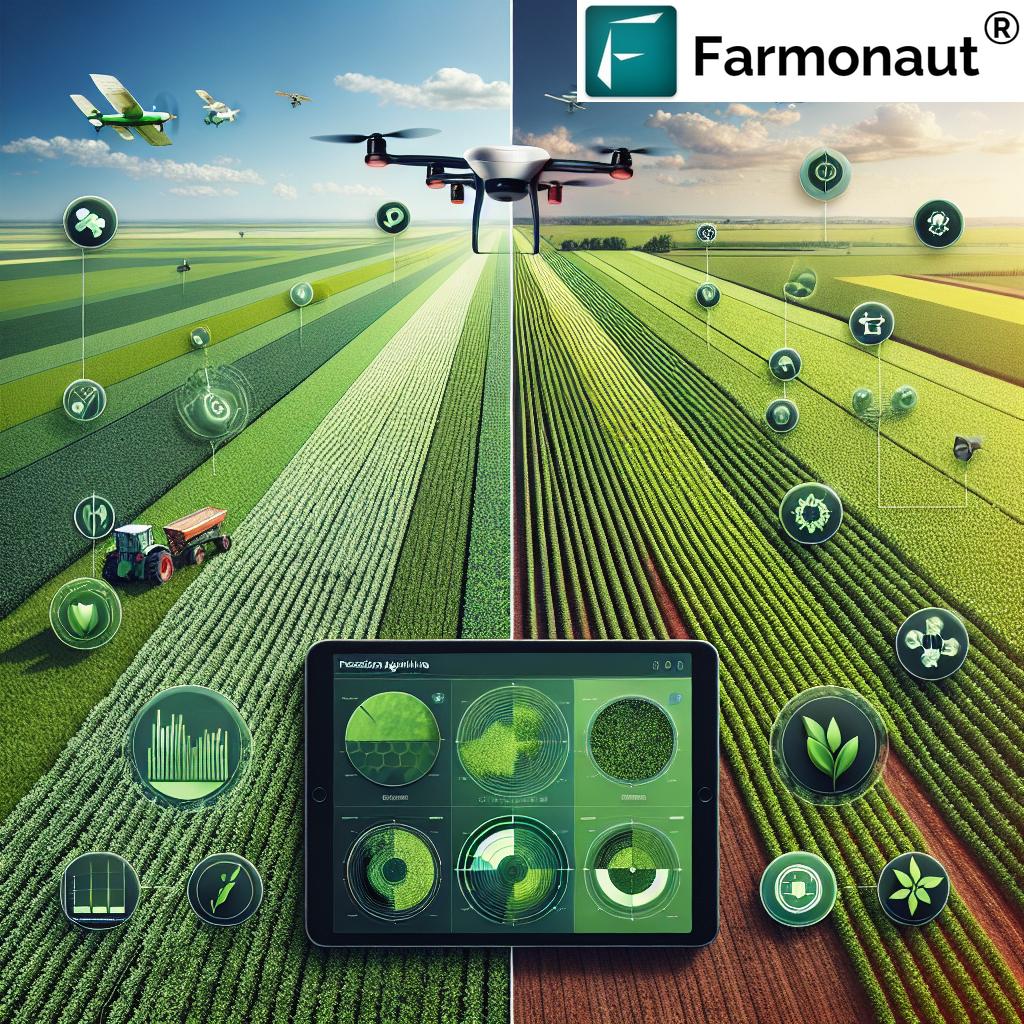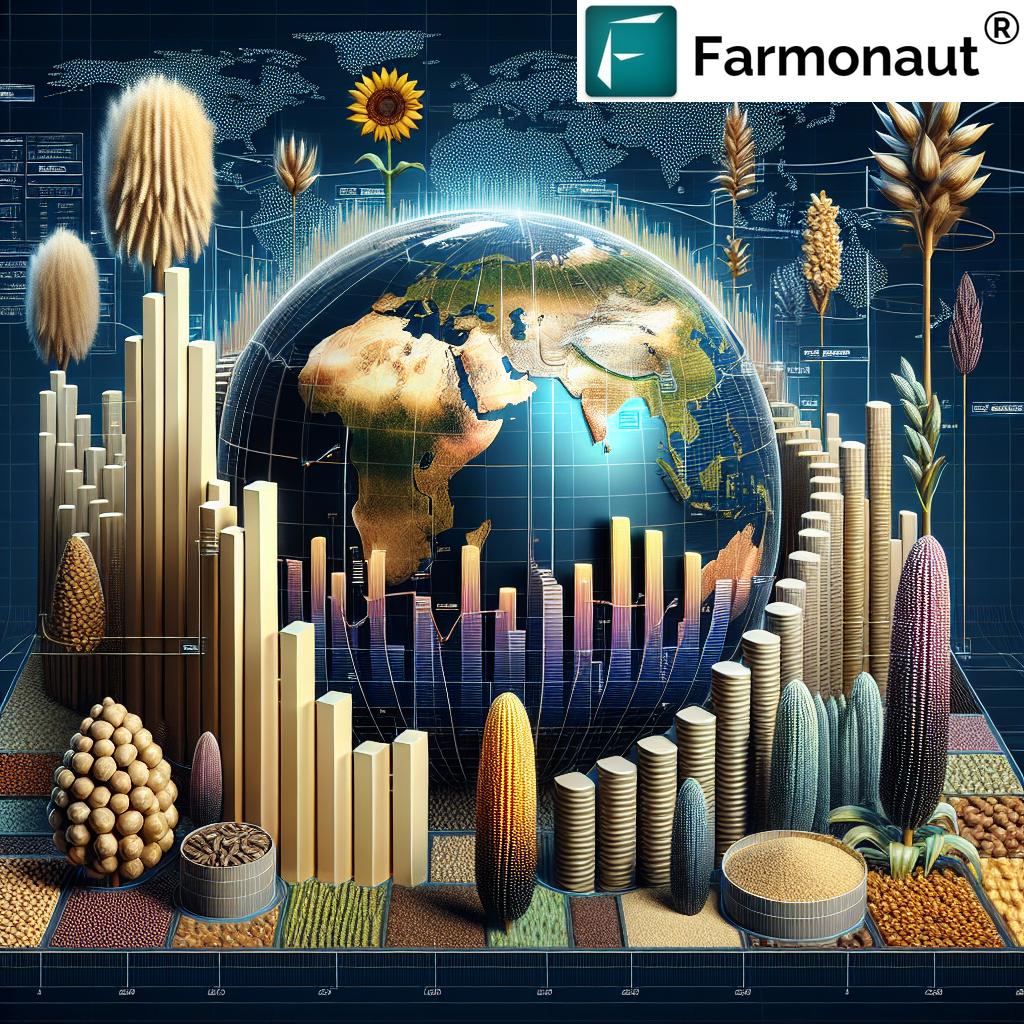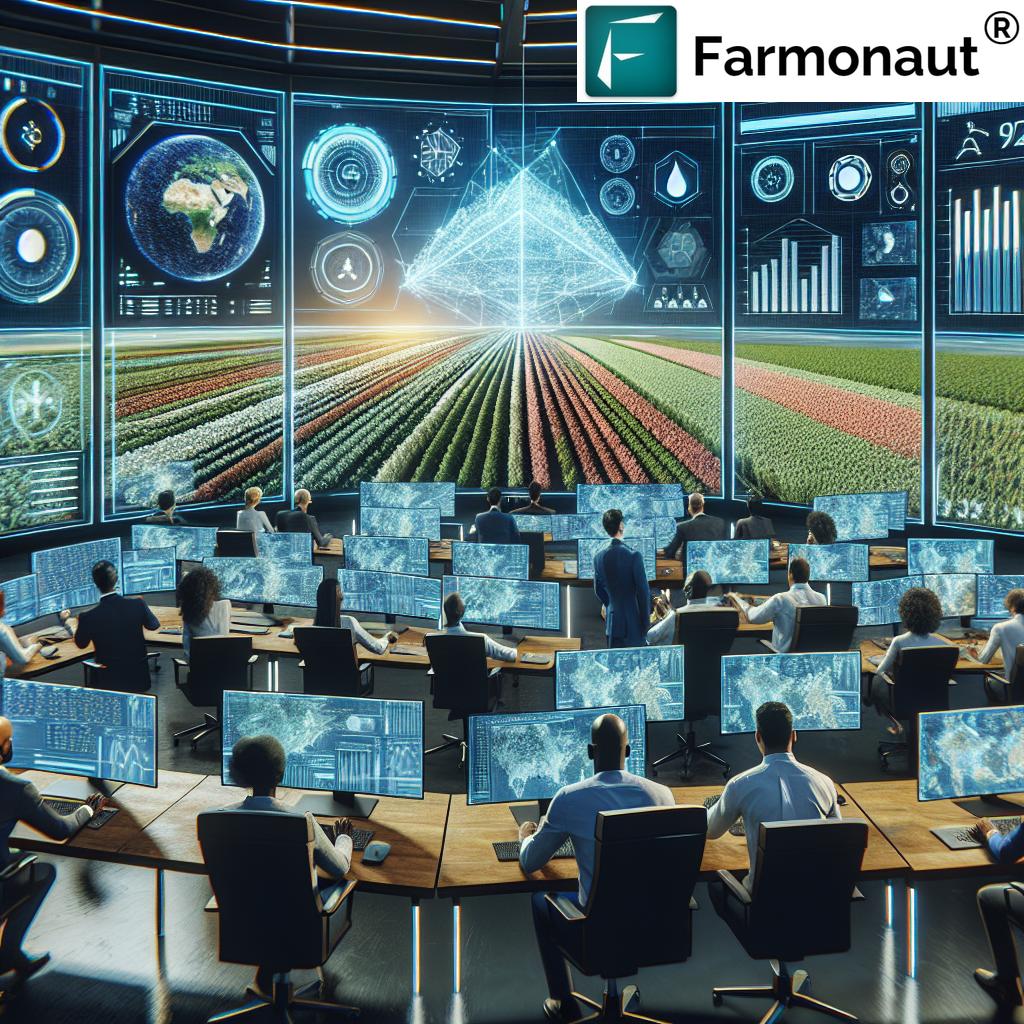New Farming Technology: 10 Jaw-Dropping Innovations Revolutionizing Agriculture in 2025
The agricultural sector is experiencing an extraordinary transformation in 2025, fueled by rapid advances in farming technology, sustainability practices, and data-driven innovation.
Today, more than ever, farmers, agribusinesses, and governments are harnessing new tools—from autonomous farm machinery to the deployment of artificial intelligence in farming—to address critical challenges such as labor shortages, climate change impacts, and the relentless pursuit of higher, more sustainable yields.
As we embrace this revolution, it’s essential to understand how precision agriculture, smart irrigation systems, and other jaw-dropping innovations are not only enhancing traditional farming but also building resilience into our global food systems. In this comprehensive guide, we’ll explore ten of the most significant new technologies reshaping agriculture, supported by real-world examples, videos, comparison tables, and actionable strategies for every segment of the sector.
1. Autonomous Farm Machinery: The Foundation of Modern Agricultural Technology Innovations
We are witnessing autonomous farm machinery rapidly becoming a cornerstone of modern agriculture. Global companies are introducing tractors, harvesters, and implements equipped with advanced computer vision, artificial intelligence, and cutting-edge sensors. These machines perform essential farm tasks with exceptional precision, improving both productivity and resilience on the field.
How Autonomous Machinery is Revolutionizing Yields and Labor Efficiency
- Precision Application: Autonomous machinery enables the targeted delivery of irrigation, pesticides, and fertilizers based on actionable data, reducing waste and minimizing environmental impact.
- 24/7 Operations: Unlike human labor, these machines can work round-the-clock, maximizing land use and ensuring timely fieldwork even during labor shortages and adverse weather.
- Retrofitting with Autonomy Kits: Farmers can upgrade existing equipment, bringing the benefits of automation to established agricultural systems and further optimizing productivity.
Key Benefits
- Reduces labor dependency, addressing critical labor shortages.
- Lowers operating costs by improving efficiency and minimizing errors.
- Promotes sustainable practices through precise applications and data-driven decisions.
2. Artificial Intelligence in Farming: Data-Driven Decision Making for Resilience
Artificial intelligence (AI) and advanced data analytics are leading a paradigm shift in how farmers monitor crops, predict weather, and optimize resource management. With these technologies, we can deliver real-time, location-specific insights that empower farmers to make precise interventions at every stage of the grow cycle.
How AI Empowers Smallholder and Large-Scale Farmers
- Crop Health Monitoring: AI systems analyze multispectral satellite images for indicators like NDVI (Normalized Difference Vegetation Index) and soil moisture, flagging potential stress before symptoms are visible—improving yields and reducing losses.
- Weather Forecasting and Predictive Analytics: Advanced models deliver hyper-local forecasts, tending weather-based crop management, enabling efficient irrigation schedules, and boosting resilience to climate variability.
- Customized Advisory Solutions: Platforms such as Farmonaut’s Jeevn AI Advisory System provide optimized recommendations for each farm—including optimal planting times, fertilizer application, and pest management—maximizing efficiency and sustainability.
By integrating AI-powered analytics, we not only predict threats but also actively develop resilient farming systems tailored to each region, soil type, and crop requirement.
3. Agrivoltaics Solar Farming: Double the Land, Double the Productivity
Agrivoltaics—the integration of solar panels with crop production or livestock—heralds a new era in efficient land use, sustainable energy, and climate-adaptive agriculture.
How Agrivoltaics Systems Enhance Resilience and Sustainability
- Dual Land Utilization: By raising solar panels above farm fields, we can generate renewable energy while cultivating crops below, making farmland more productive without expanding its footprint.
- Reduced Soil Evaporation and Water Usage: Panels provide shade, lowering temperatures, reducing evaporation, and protecting sensitive plants from extreme heat.
- Climate Protection: Crops and livestock benefit from reduced exposure to wind and sun extremes, improving overall resilience and enabling year-round farming.
Countries like China and the United States are scaling agrivoltaic projects—a crucial step towards sustainable food and energy systems.
4. Internet of Things in Agriculture: Smart Greenhouses for Efficient Crop Production
The Internet of Things (IoT) serves as a digital backbone for precision agriculture and smart greenhouse operations. By connecting sensors, actuators, and analytics platforms, we gain unprecedented visibility into environmental conditions, resource usage, and crop health.
How IoT-Enabled Systems Optimize Efficiency and Yields
- Real-Time Monitoring: Sensors record temperature, humidity, light, and soil moisture data continuously, alerting farmers to micro-climate changes and enabling targeted interventions.
- Automated Controls: IoT systems adjust irrigation, ventilation, heating, and lighting based on crop needs—improving plant growth while reducing water and energy waste.
- Remote Operations: Farmers monitor and adjust conditions via smartphone or web apps—saving labor and facilitating real-time decision-making even for large or distributed farm networks.
The future of urban agriculture and high-tech horticulture will be shaped by these integrated systems, blending advanced data collection with actionable responses for maximum yields.
Easily integrate real-time IoT and weather data into your applications via Farmonaut’s API (Explore developer docs)
5. Regenerative Agriculture Practices: Revitalizing Soil Health for Sustainable Farming
Regenerative agriculture is a bold movement centered on restoring soil health, maximizing organic matter, and building resilient farming ecosystems. These methods—from cover cropping to minimal tillage—are our frontline defense against climate change and environmental degradation.
Key Components of Regenerative Agriculture
- Crop Rotation and Biodiversity: Rotating crops maintains nutrient balance, breaks pest cycles, and boosts soil fertility.
- Cover Cropping: Maintaining plant cover year-round prevents erosion, improves water retention, and supports beneficial soil microbes.
- Reduced Tillage: Avoiding deep plowing preserves soil structure and organic carbon—helping sequester atmospheric carbon and reduce greenhouse gas emissions.
Adopting regenerative agriculture practices is proven to increase yields, enhance resilience to weather shocks, and foster more sustainable food systems for generations to come.
6. Smart Irrigation Systems: Optimizing Water for Maximum Yield
Water is every farm’s lifeblood. In a world strained by water scarcity and erratic weather, smart irrigation systems are non-negotiable for efficient, climate-resilient agriculture.
How Smart Irrigation Modernizes Water Management
- Sensor-Guided Precision: Soil moisture sensors deliver real-time data to on-farm controllers or cloud platforms, ensuring precise delivery of water directly to plant roots, minimizing waste.
- Weather-Integrated Scheduling: By correlating local weather forecasts, these systems further improve efficiency—delivering water based on crop stage, evapotranspiration rates, and rainfall probability.
- Remote & Automated Operations: Farmers can adjust schedules using mobile apps, enabling fast responses to changing field conditions or labor shortages, and even prevent water stress events in advance.
With these advancements, irrigation water usage can be cut by up to 50% in some regions—while still improving overall crop yields, product quality, and system sustainability.
7. Vertical Farming and Hydroponics: Urban Agriculture for a Sustainable Future
Vertical farming and hydroponics are transforming food production in our cities. By growing crops in stacked trays or columns—without traditional soil—we unlock year-round, high-yield harvests even in dense urban environments.
Key Features of Vertical and Hydroponic Systems
- Efficient Land and Water Use: These systems consume up to 90% less water and use a fraction of the space required by conventional field agriculture.
- Precision Nutrient Control: Growers can tailor nutrient mixes to each crop, resulting in faster growth rates and superior quality.
- Reduced Transportation Emissions: Production near or within cities brings fresher produce to markets, cutting both costs and carbon footprint.
Whether for leafy greens, herbs, or high-value specialty crops, vertical farming and hydroponics are setting new benchmarks in urban, sustainable agriculture.
8. Robotic Harvesters: Meeting Labor Shortages and Quality Standards
Robotic harvesters represent the next leap in agricultural automation. Fitted with AI vision systems and dexterous grippers, these machines can select and pick crops at peak ripeness, minimizing damage and post-harvest losses.
Why Robotic Harvesters Are Essential
- Labor Efficiency: Addressing acute labor shortages, harvesters operate non-stop and require minimal human supervision.
- Quality and Uniformity: AI enables consistent selection for size, maturity, and quality—improving shelf life and market value.
- Applicability Across Crops: Particularly transformative for delicate fruits, berries, and vegetables where manual harvesting is costly and time-consuming.
9. Laser Weeding Technology: Chemical-Free Weed Management
Laser weeding has emerged as a revolutionary solution for chemical-free weed control. By combining AI with high-precision laser beams, these advanced machines identify and eliminate unwanted weeds without damaging crops or the surrounding soil.
Laser Weeding’s Competitive Advantages
- Reduces Herbicide Usage: Minimizes environmental contamination, supports healthier soils, and aligns with rising standards for sustainable agriculture.
- Cost and Labor Savings: Slashes labor hours and herbicide expenses—providing a rapid payback and ongoing value for both conventional and organic farmers.
- Integration with Smart Farm Systems: Laser weeders can be integrated with data-driven platforms, targeting specific problem areas year after year.
As regulations around pesticide use tighten worldwide, laser weeding is set to become a mainstay in modern, sustainable farming.
10. Aeroponics: The Future of Soil-Free Crop Cultivation
Aeroponics involves growing plants in a misty air environment, without any soil or conventional hydroponic medium. This highly efficient, high-tech method brings unprecedented water savings, fast plant growth, and precise nutrient delivery.
Aeroponics in Modern Agricultural Systems
- Saves Water: Only uses the moisture the plant absorbs, reducing water usage to a bare minimum.
- Suitable for Urban and Space-Constrained Areas: Enables growing anywhere—from rooftops to shipping containers—ensuring food access in even the most challenging environments.
- Bio-Pharming Applications: Aeroponics is also leveraged for growing medicinal plants or creating valuable compounds within a controlled environment.
3D Printing: On-Demand Parts and Unmatched Equipment Flexibility
3D printing technology empowers us to produce custom equipment parts, repairs, and even tools directly on the farm. This dramatically reduces downtime, cost, and dependency on traditional supply chains.
Transforming Equipment Management with 3D Printing
- Rapid Parts Replacement: Print tractor and harvester parts as needed, avoiding long waits and expensive deliveries during critical planting and harvest windows.
- Customization: Design farm-specific equipment attachments, precision seeding implements, or unique irrigation nozzles based on local field data.
- Supports Innovation: Experiment with prototypes and upgrades for continuous improvement in agricultural productivity.
As 3D printing becomes more accessible, every farmer—from smallholders to industrial-scale growers—will have the ability to adapt their equipment for rapidly changing tasks and technologies.
Comparison Table of New Farming Technologies and Their Impact
| Technology Name | Core Feature | Estimated Yield Improvement (%) | Implementation Cost (Estimated) | Environmental Impact | Suitable Crop Types |
|---|---|---|---|---|---|
| Precision Agriculture & AI | Satellite/AI-driven decision-making | 15-25% | Medium | Low | All row crops, grains, horticultural crops |
| Autonomous Farm Machinery | Automated field operations | 10-15% | High | Medium | Cereals, grains, oilseeds |
| IoT & Smart Greenhouses | Sensor-based environment control | 12-18% | Medium | Low | Vegetables, floriculture, berries |
| Regenerative Agriculture | Soil health & biodiversity focus | 5-15% | Low-Medium | Low | Cereals, legumes, cover crops |
| Smart Irrigation | Sensor and weather-based watering | 7-20% | Medium | Low | All irrigated crops |
| Vertical Farming & Hydroponics | Soilless, stacked urban growing | 18-30% | High | Low | Leafy greens, herbs, berries |
| Agrivoltaics Solar Farming | Dual-use solar/crop land | 10-15% | High | Low | Vegetables, pasture, some grains |
| Robotic Harvesters | Automated crop picking | 10-20% | High | Low | Fruits, berries, vegetables |
| Laser Weeding | AI-guided, chemical-free weed removal | 5-10% | Medium | Low | Row crops, organic farms |
| Aeroponics | Mist-based, soil-free crop growth | 20-30% | Medium-High | Low | Leafy greens, herbs, medicinal plants |
| 3D Printing for Equipment | On-demand farm part manufacturing | 5-12% | Low-Medium | Low | Applicable across all farming systems |
Farmonaut: Pioneering Data-Driven Precision Agriculture and Sustainability
As a global leader in precision agriculture and technological innovation, Farmonaut stands out by making advanced, affordable, and scalable solutions accessible for farmers, agribusinesses, NGOs, and government institutions.
- Satellite-Based Crop and Soil Monitoring: Access real-time NDVI data, soil moisture insights, and vegetation health analytics—directly from your phone or desktop.
- AI-Driven Advisory for Precision Farming: Experience personalized, actionable advice via Farmonaut’s Jeevn AI platform for optimal planting, irrigation, and pest management decisions.
- Blockchain-Based Traceability: Ensure your crops and products are fully traceable from farm to fork, building trust and compliance in modern supply chains.
- Resource and Fleet Management: Monitor machinery and resource allocation efficiently, reducing operating costs and maximizing land productivity.
- Real-Time Carbon Footprinting: Stay ahead in sustainability by tracking and minimizing your environmental impact with Farmonaut’s automated carbon tools.
- Flexible, Subscription-Based Access: Choose plans suited for every scale—from smallholder plots to multi-hectare agribusinesses—with web, mobile, and API integration.
Farmonaut Subscription Plans
Unlock affordable precision agriculture and satellite-driven technology for your farm or agribusiness. Choose your ideal plan below:
Conclusion: Embracing the Future of Smart and Sustainable Agriculture
As we look ahead to 2025 and beyond, the seamless integration of new farming technologies—from autonomous machinery to precision irrigation, AI-driven analytics, vertical and urban agriculture, and laser-guided weed control—will define the success, resilience, and sustainability of the global food system.
Farmonaut’s mission is to empower every farmer, agribusiness, and institution with affordable, data-driven solutions that enhance yields, minimize resource waste, and future-proof agriculture against climate and economic uncertainties. By adopting these cutting-edge technologies, we make agriculture not just more efficient and productive, but also more transparent, traceable, and environmentally responsible.
Let’s champion innovation and sustainability—one farm, one field, and one insight at a time.
Frequently Asked Questions (FAQs)
What is “precision agriculture” and how does it benefit farmers?
Precision agriculture leverages satellite imagery, AI, IoT sensors, and field data to optimize crop management, reduce input waste (like water and fertilizer), and maximize yields. By taking action based on detailed, real-time information, farmers can enhance both productivity and sustainability.
How do smart irrigation systems save water?
Smart irrigation uses real-time soil moisture and weather data to deliver the exact amount of water each crop needs, where and when it’s needed—reducing overwatering and losses to evaporation, and frequently cutting water use by up to 50%.
Why is AI important in modern agriculture?
AI-powered analytics are crucial because they detect crop health threats, forecast weather risks, and recommend personalized farm practices. This predictive ability helps farmers make informed, proactive decisions, boosting resilience and reducing losses.
How can I access Farmonaut’s satellite farm management services?
Farmonaut’s solutions are available via web, Android, and iOS apps. You can start by visiting the Farmonaut platform or download the mobile applications for enhanced mobility and access.
Does Farmonaut offer tools for tracking supply chain transparency?
Yes! Farmonaut’s blockchain-based traceability solution ensures transparent, fraud-resistant supply chains for all agricultural products, supporting both producers and end-consumers.
What support does Farmonaut provide for carbon footprint management?
The carbon footprinting features allow agribusinesses and individual farmers to monitor, benchmark, and actively reduce their environmental impact—aligning with global sustainability goals.
Where can I find more resources about integrating Farmonaut into large operations?
Detailed information for governments, NGOs, and enterprise-level users is available through Farmonaut’s Agro Admin App, providing scalable management and data-driven insights for thousands of hectares.


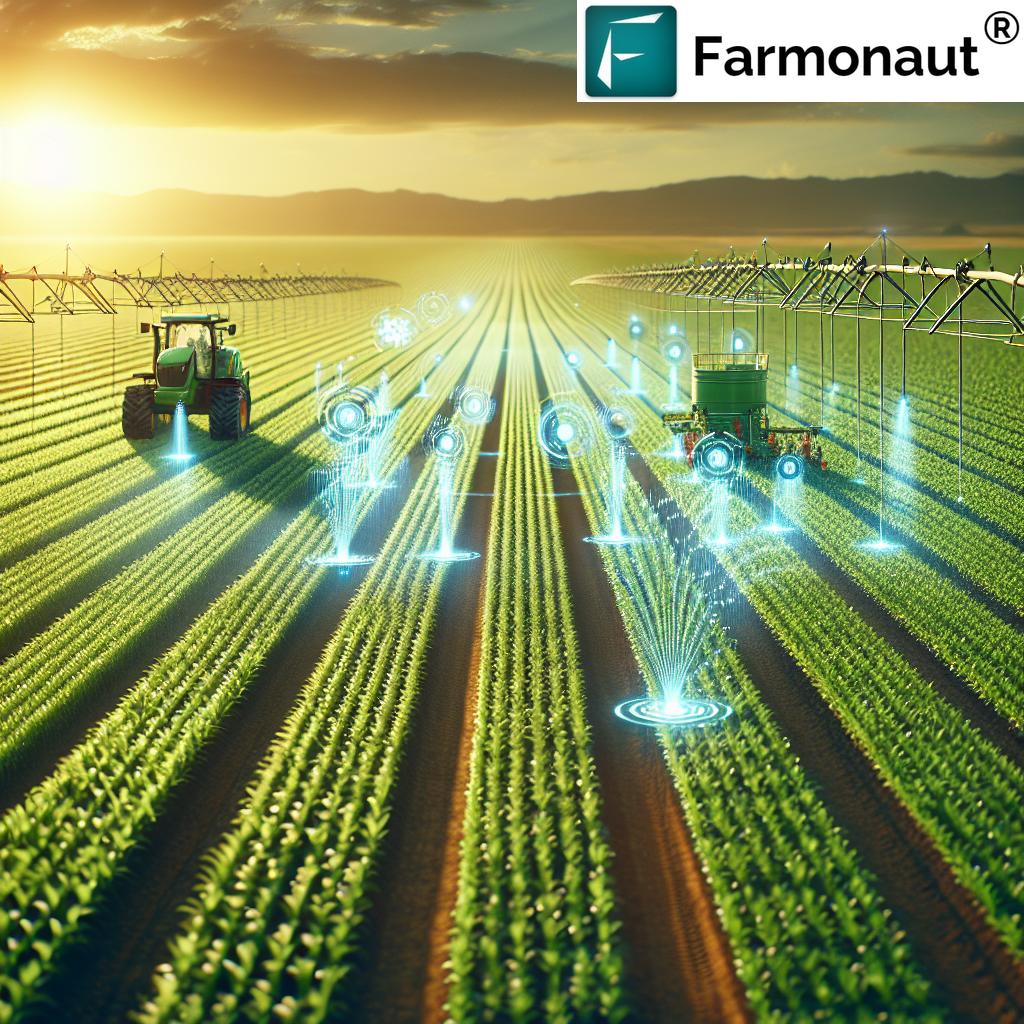
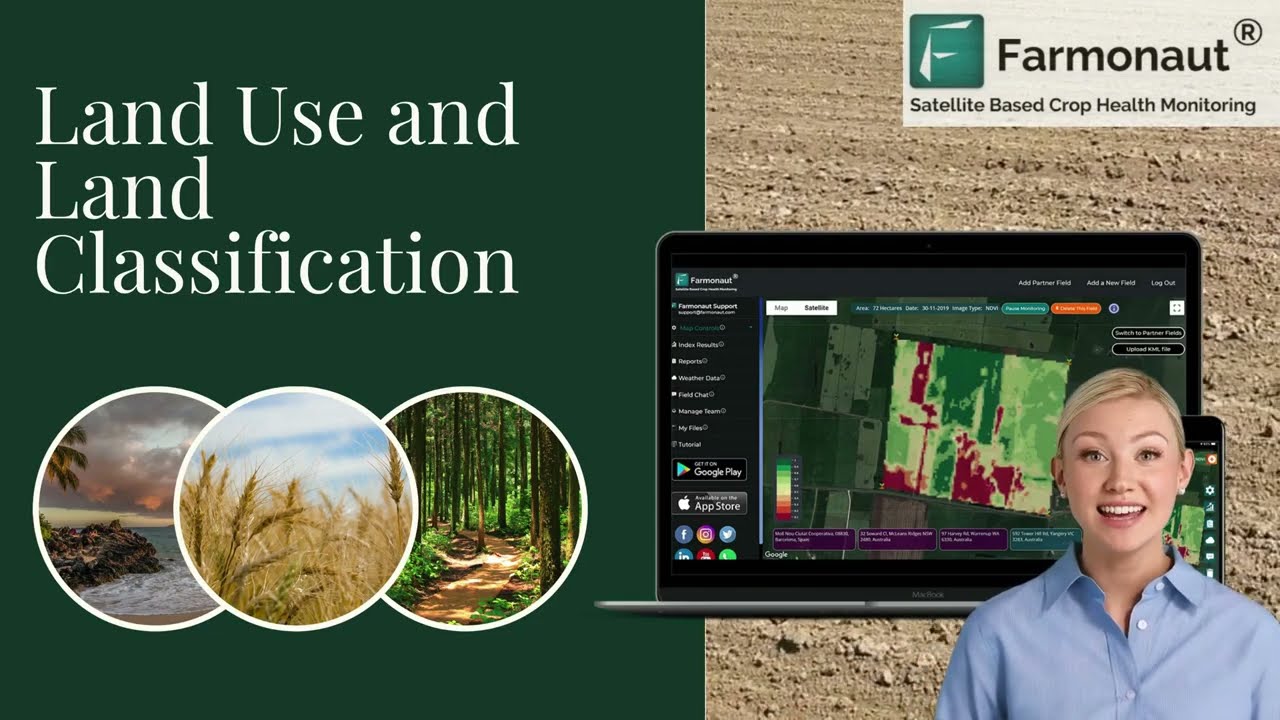
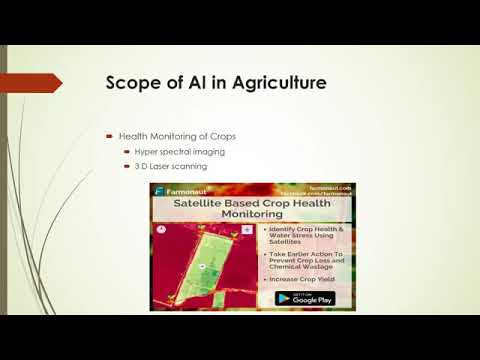
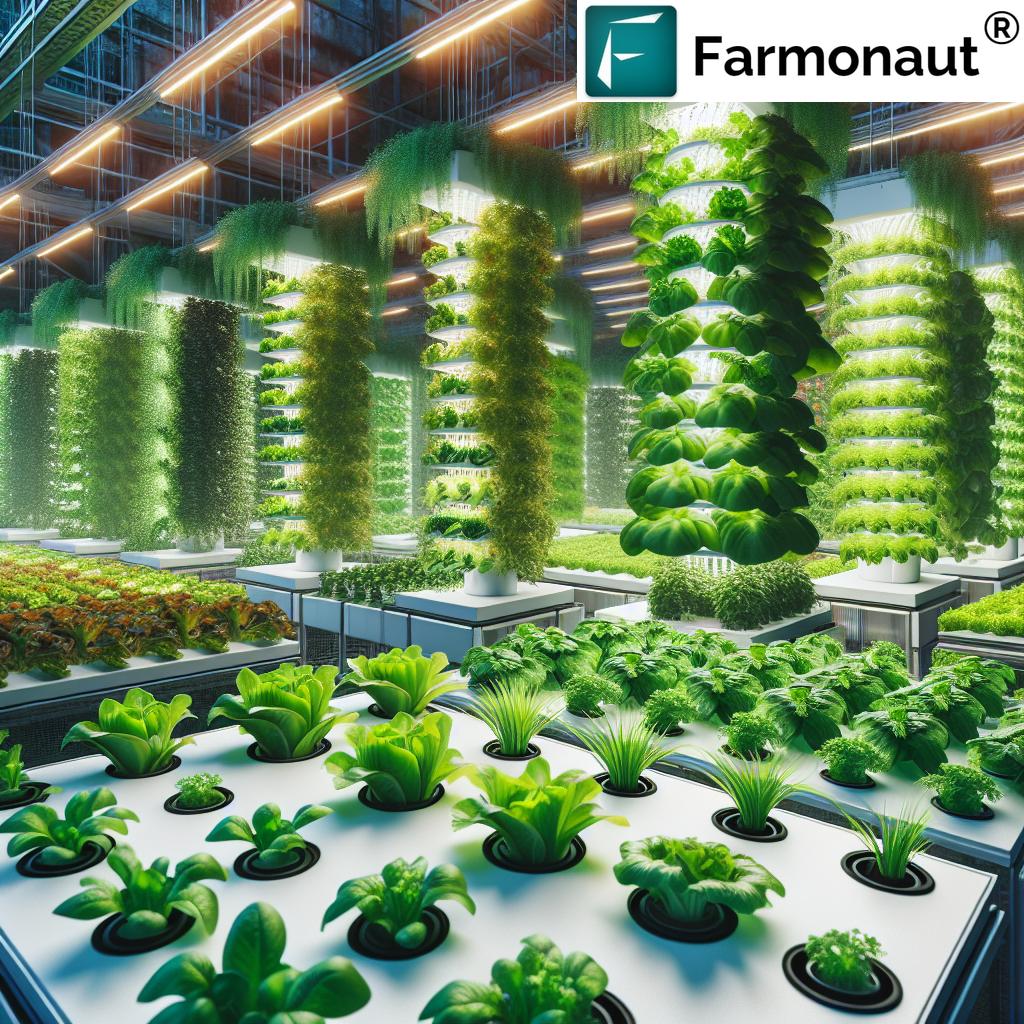
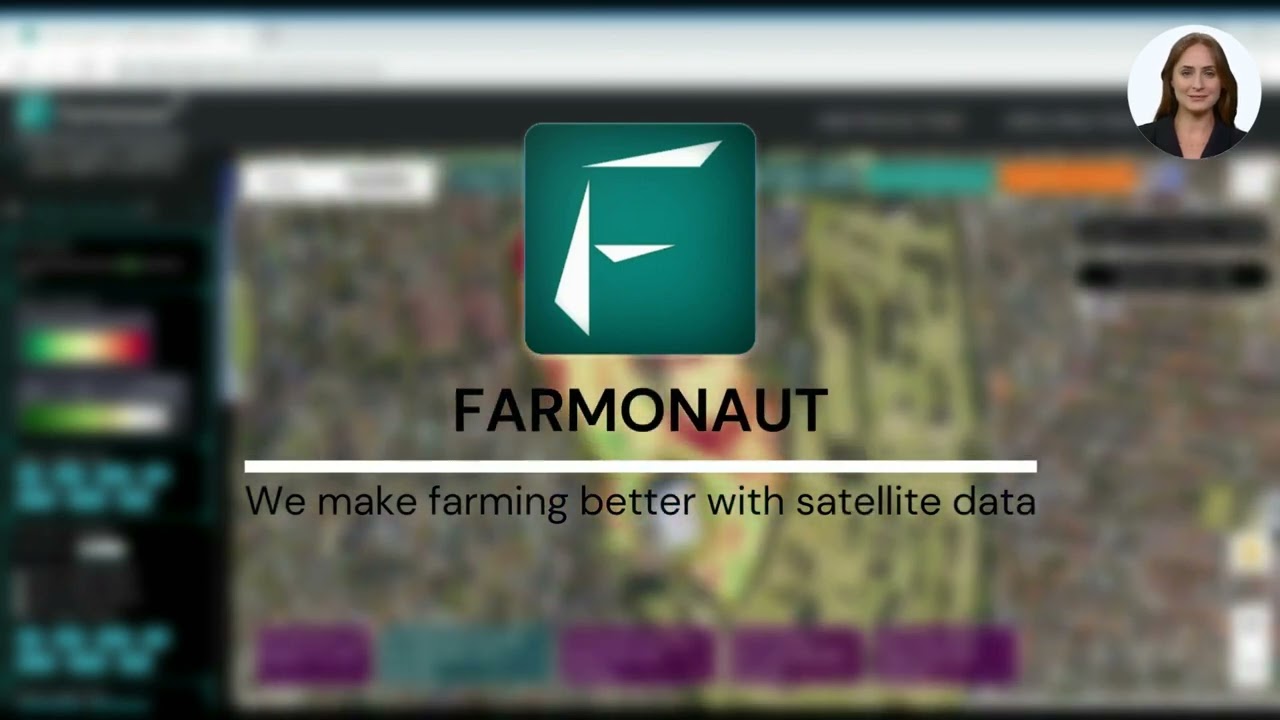
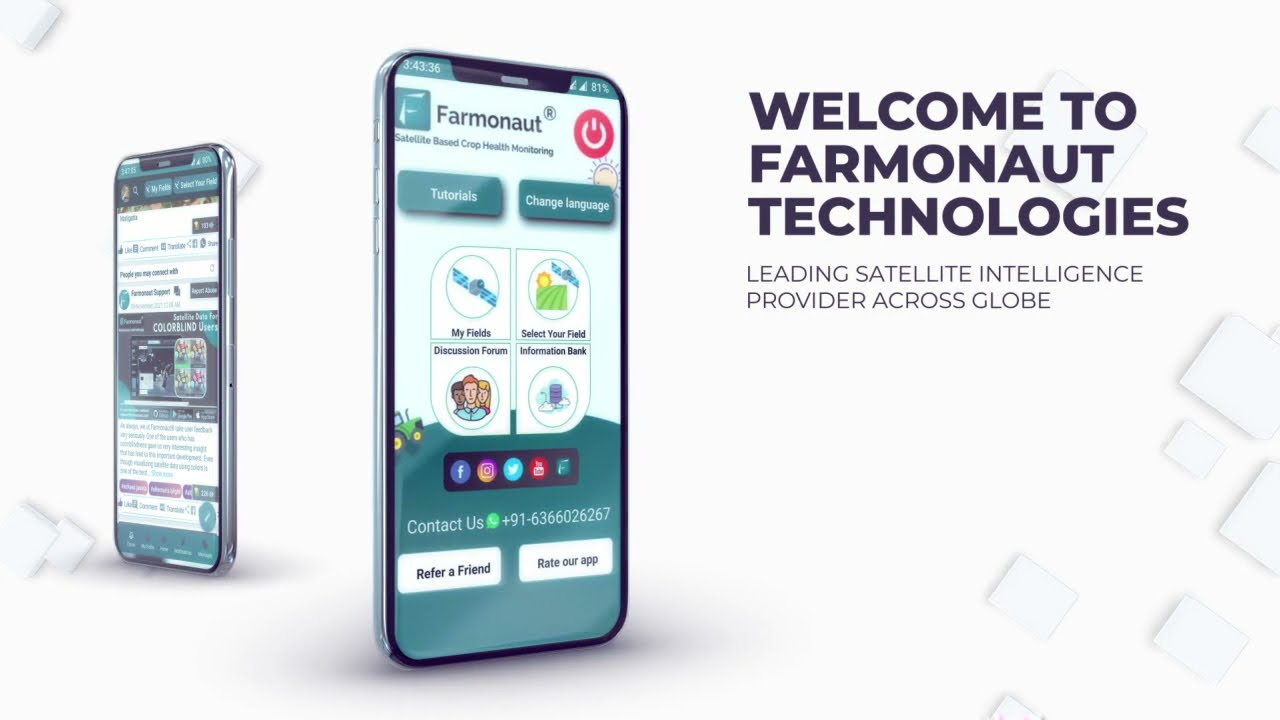
 or iOS App
or iOS App  .
.
